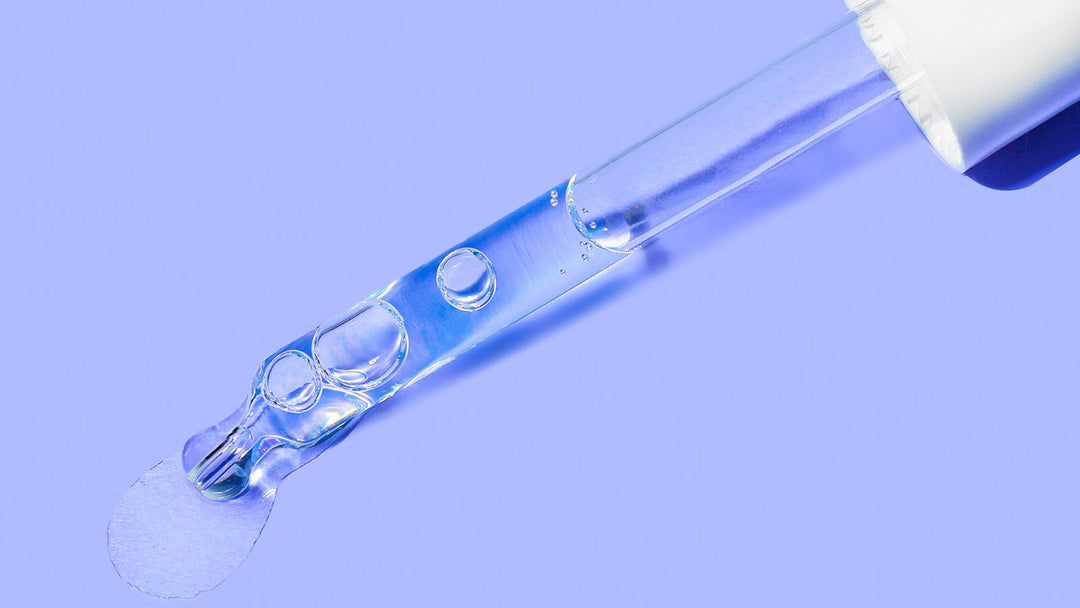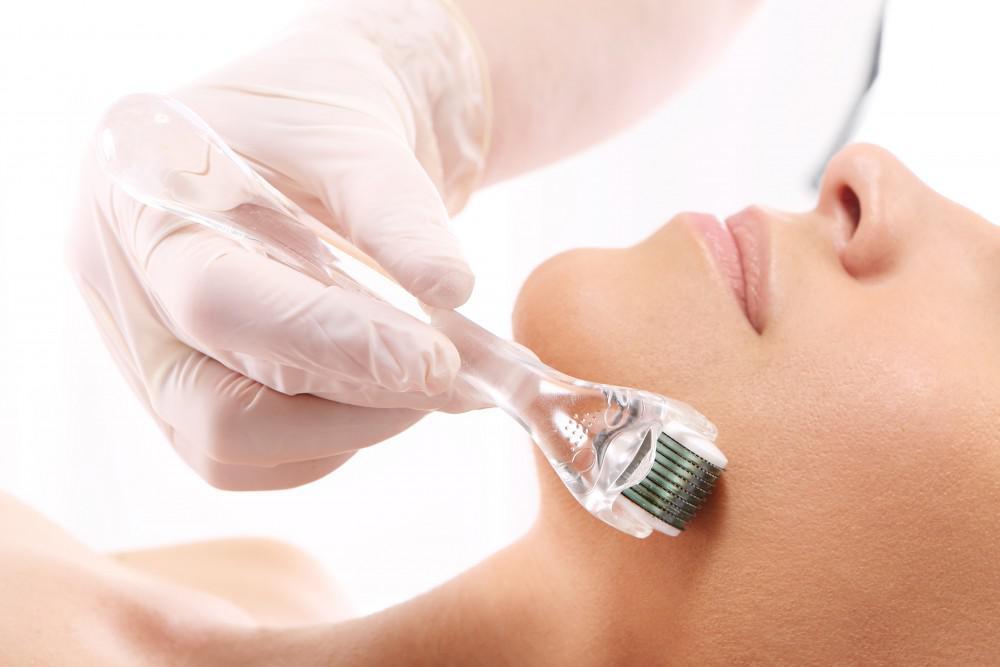Botox for TMJ: How Does It Work?
Unless you’ve been living under a rock for the past decade, you probably know that Botox injections are used for cosmetic purposes to enhance lips, cheeks as well as to smooth out wrinkles around the eyes or on the forehead. But have you heard about using Botox to treat headaches, facial pain and even temporomandibular (TMJ) disorders? I bet you have not.
What Is TMJ?

The temporomandibular (tem-puh-roe-man-DIB-u-lur) joint (TMJ) connects the jawbone to the skull. We have one joint on each side of our jaws. TMJ disorders can cause pain in the jaw joints and in the muscles that are responsible for controlling jaw movement.
In the best case scenario, TMJ disorders can cause chronic jaw pain, and at worst, they can cause a host of vague symptoms that can be left undiagnosed for years.
It can be hard to determine the exact cause for a TMJ disorder in different people. Your condition might be a result of a variety of factors, including genetics, jaw injury or arthritis. Some people experiencing jaw pain also grind or clench their teeth. However, there are also many people who clench or grind their teeth by habit, yet never develop TMJ disorders.
The discomfort and pain that comes with TMJ disorders is usually temporary in most cases and can be resolved by some nonsurgical treatments such as Botox for TMJ. If all measures have failed, surgery is the last option.
Now, let’s see how exactly Botox works and can it treat TMJ?
How Does Botox Work?
Simply said, Botox reduces the activity of facial muscles. It’s usually used for cosmetic purposes as it eliminates the appearance of frown lines, wrinkles and the aging lines around the eyes or forehead. In some cases, Botox can be also combined with dermal fillers to give patients a more youthful glow.
However, Botox can also be used for therapeutic purposes. Due to the fact that its main function is relaxing the muscles of the face, Botox can help relieve pain caused by tight jaws and other muscles that cause headaches and facial tension. Nowadays, Botox is used to treat more than twenty different medical conditions.
Can Botox Treat TMJ Disorders?
The temporomandibular joint (TMJ) is located on both sides of the head where the jawbone connects with the skull. We use the TMJ while talking, eating, swallowing, and other everyday activities. If you displace or overwork it through excessive teeth grinding, you might experience severe tension headaches and sharp pain in the jaw.
Nowadays, more and more healthcare professionals use Botox injections as an excellent alternative treatment for TMJ, which can also include headache, clenching/grinding and sleep bruxism. Various studies have shown that patients who were treated with Botox injections had great improvements in pain, function, and ability to open their mouth. Botox minimizes tension in the jaw by making the jaw muscles unable to engage in the powerful movement of the jaw that causes headaches and pain.
Patients dealing with TMJ disorder might experience:
- Sore jaw and cheeks
- Teeth clenching or grinding
- Neck and shoulder pain
- Tension headaches
Botox is usually recommended as a complementary treatment to other TMJ disorder therapy, but Botox could be all you need for certain symptoms. What’s more, Botox for TMJ disorder can last for about three months.
Does Botox for TMJ Change Your Face Shape?

In short, yes. Botox used to treat TMJ disorder might change the shape of your face for the better. When your jaw muscles are overworked and tense, they might make your face look wider. This is where Botox helps - it helps decrease the appearance of your jaw muscles all while alleviating the pain from clenching. This consequently slims your face and promotes youthfulness. Besides providing therapeutic relief, Botox for TMJ can also be seen as a cosmetic bonus.
Is Botox for TMJ Disorder Covered by Insurance?
If you’re wondering will insurance cover Botox for TMJ, you should know that Botox for cosmetic use is not usually covered by insurance. Nevertheless, it may still be covered in certain cases, particularly when Botox is used to treat chronic medical conditions. Make sure to check with your insurance company before you undergo the procedure.
How Much Does Botox for TMJ Cost?
The cost of Botox for TMJ varies from patient to patient. A fer factors can affect the overall price of the procedure and these include:
- The number of Botox units needed
- Cost per unit
- The provider’s fee
- Supplies needed (Including gloves, needles, etc.)
- Geographic location
Generally, Botox costs up to $20 per unit. A unit is a drop of Botox at the injection site. For instance, if the procedure is done in your forehead to treat horizontal lines, you might need 15-25 Botox units.
Can Dentists Administer Botox for TMJ?

Yes, dentists are qualified to use Botox for TMJ and other medicinal or aesthetic purposes. As a matter of fact, dentists specialize in studying the structure and muscles of the face in depth, even more than other healthcare professionals. And thanks to that knowledge and amount of training, dentists can safely administer Botox injections for patients.
Where Can I Get Botox for TMJ Near Me?
Rejuva Aesthetics and Wellness Center (RAWC) is proud to offer Botox treatments for both cosmetic and therapeutic purposes. Visit our website to make your appointment or visit our centers in various locations across Illinois. Enjoy our special offers and discounts to relieve pain from TMJ disorder and reduce the appearance of wrinkles and signs of aging.
Our talented aestheticians and healthcare professionals have the highest levels of accreditation and constantly upgrade their knowledge to ensure the treatments we offer you are effective and stress-free.
Which Body Parts Are Affected by TMJ Botox Therapy?
The Botox treatment for TMJ therapy will not have an impact on any other body part other than the area injected. Only the treated part of your body will be “relaxed.” The injections are primarily administered in the frontalis, temporalis, and masseter. Based on the severity of the pain and headaches experienced, your healthcare professional might decide to inject additional areas.
How Long Does the Botox TMJ Treatment Procedure Last?
How long the whole Botox for treating TMJ procedure will last usually depends on the amount of needed injections, which the healthcare professional performing the procedure determines upfront. Nevertheless, the whole procedure typically lasts between 10-30 minutes.
Is the Botox Treatment Painful?
The pain felt during the Botox treatment procedure is mainly due to the injections. However, it’s very minimal and usually lasts briefly. Many patients describe the Botox injection pain as a bug bite. Usually , your doctor will suggest numbing the injection sites with anesthetic cream to reduce the pain. Some doctors may offer you “Laughing Gas” if you have a fear of needles.
What to Expect After the Botox TMJ Treatment?
After the treatment, muscle tenderness will start to go away immediately. Your wrinkles and fine lines will start to disappear within a few days after the injections have been applied. You will notice your wrinkles continuing to disappear up to one week after the Botox treatment is completed. It’s common to experience temporary mild redness, bruising, or numbness around the injection sites. Most patients who have tried Botox for TMJ claim that they look more relaxed and happy.
What Does the Recovery from Botox for TMJ Look Like?
Due to the fact that the Botox treatment is non-invasive and non-surgical, patients are very likely to be able to return to their normal activities immediately after the procedure. It is important that patients avoid massaging or rubbing the injected area for a period of time advised by their doctor to prevent spreading the toxin to other muscles. During this time, patients should also refrain from physical activity.
Limitations & Possible Complications of Botox Injections for TMJ Treatment
As is the case with any medical procedure, there are possible risks and side effects when undergoing Botox treatment. However, due to the fact that this is a non-surgical procedure, the possible complications are rare, minimal and temporary. Some of the most commonly reported side-effects of Botox injections are headaches, redness at the injection site, muscle weakness, and pain. When these symptoms occur, they usually appear during the first week.
At the injection sites, patients might also experience minimal bruising. The lips are used for chewing, kissing, and talking. Therefore, Botox injections around the mouth are less effective in treating TMJ and can be more inconvenient. It may become increasingly difficult to perform basic everyday activities.
Additionally, too much Botox around the mouth can cause drooling. TMJ treatments may also be rendered less effective if antibodies develop in the body. Resistance can be reduced by using a low effective dose for as long as possible. It is not recommended to have Botox injections while nursing and during pregnancy.
How Long Do the Results from Botox Treatment for TMJ Last?

If you're considering Botox for TMJ treatment, you may wonder how long the results will last. The effects of Botox usually last between 3 and 6 months. There may, however, be some variation in the results from one person to another. Depending on personal needs, some people might require touch-ups every few months, while others may only require them once a year. Your response to treatment will ultimately depend on the severity of your condition.
Is Botox for TMJ Disorder Safe?
According to the Dental Board of Australia, Botox can relieve headaches, ear pain, clicking or popping noises, and jaw joint soreness when administered correctly by dentists.
In order to determine whether you have TMJ disorder, a thorough assessment must be conducted first. Depending on the diagnosis, an individual treatment plan may include several treatment modalities.
Your dental specialist will discuss the risks and side effects of Botox with you before your treatment. Even though Botox is a safe treatment for TMJ disorder, certain medications, intoxicants, and medical conditions may affect its effectiveness. For this reason, you should fully disclose all medications, medical conditions, and/or substance abuse to your dental specialist before treatment.
Who Is the Ideal Candidate for a Botox TMJ Treatment?
Most people with TMJ disorders or jaw tension may benefit from BOTOX instead of traditional treatments. It is still important for BOTOX providers to screen patients to determine whether they are eligible for treatment. Before beginning treatment, a doctor or dentist should carefully review the medical history of every prospective patient.
Often, BOTOX injections can provide significant relief from pain and soreness associated with temporomandibular joint problems.
In order to receive BOTOX, patients must disclose any medications, drugs, or other substances that could negatively interact with it. To avoid possible negative reactions to BOTOX, patients should also inform their doctor if they have any allergies.




